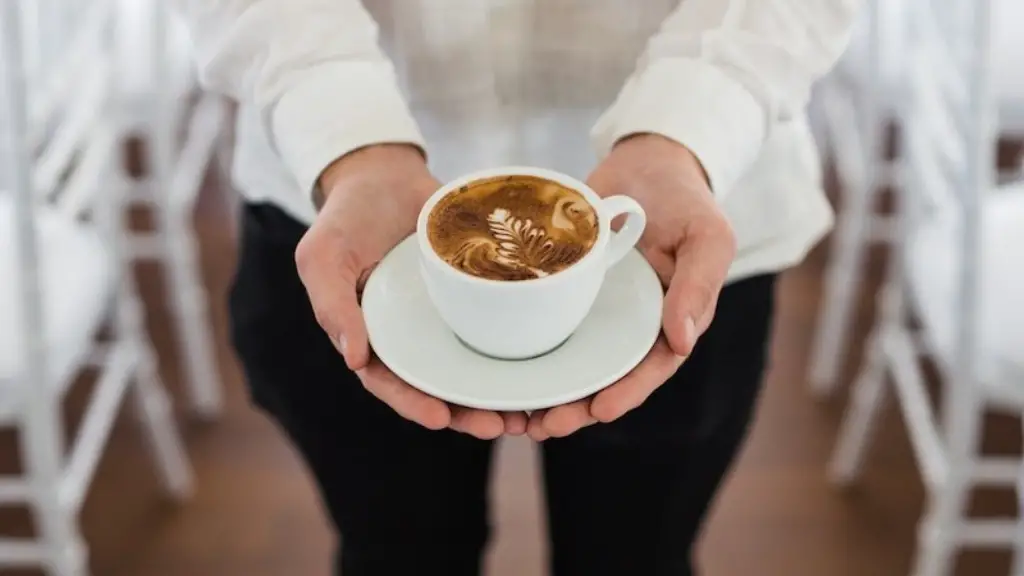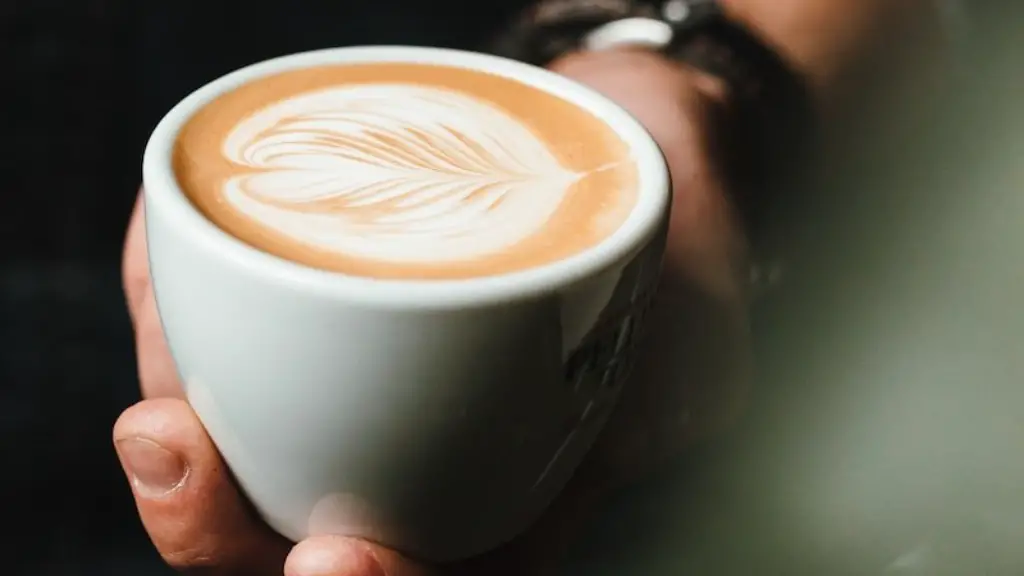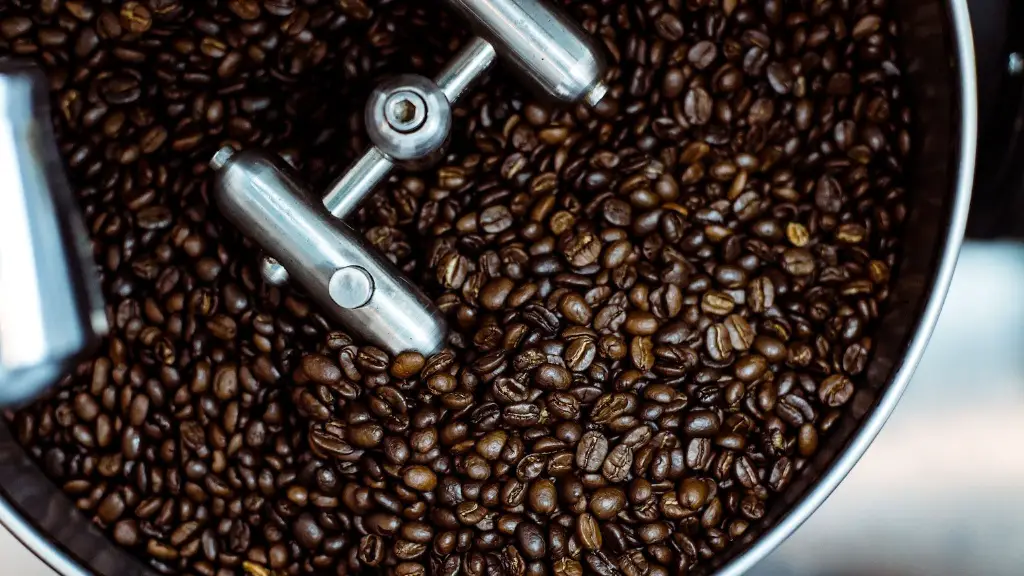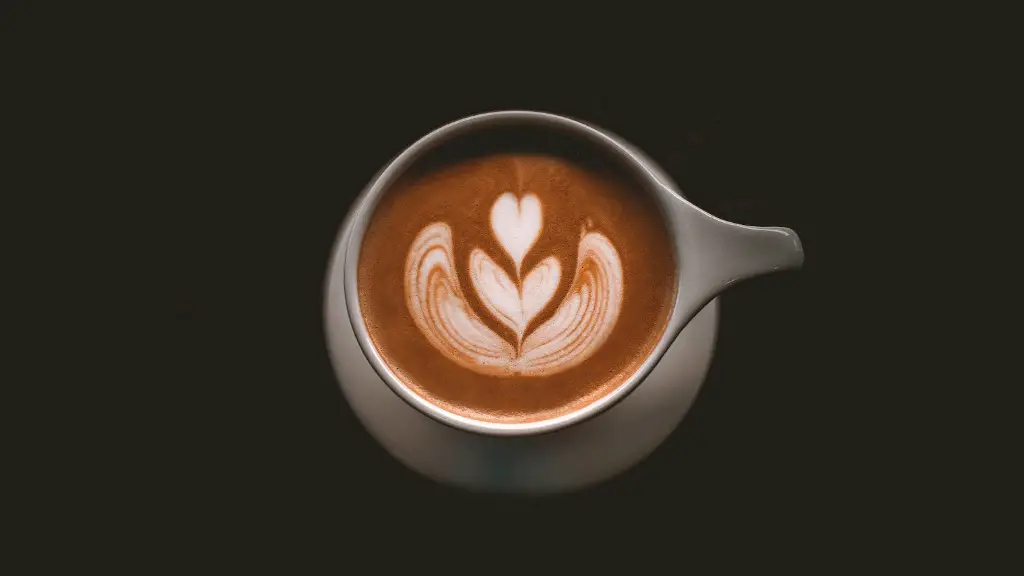In a world of buzzing coffee shops and ever-improving brews, cold coffee can often be overlooked. But when enjoyed correctly, a good cold coffee can truly be a unique and refreshing experience. From iced coffees to cold brews to nitros, enjoying a quality cold coffee requires an inside look at brewing methods, temperatures, and ingredients. Here is a comprehensive guide to drinking cold coffee and savoring its delightful flavor profiles.
What Is Cold Coffee?
Cold coffee refers to any coffee-based beverage that is served cold or chilled. Common options include iced coffee (served over ice cubes), cold brew (brewed cold over many hours, then served chilled or on ice), and nitro brew (chilled and typically carbonated, then “nitrogenated” for a creamy texture). Often, these contain milk or cream, ice cream and/or flavors like rich mochas and vanilla lattes.
Types of Coffee
Generally speaking, there are two main types of cold coffee beverages: standard and specialty. Standard cold coffee includes iced cappuccinos, iced lattes, frappuccinos, and some nitro brews. These beverages generally use espresso, milk, cream and flavorings. Specialty cold coffees include nitro brews, cold brews, and cold brew lattes. These beverages use a separate brewing process and often have more of a purer, less sugary flavor.
Brewing Cold Coffee
Whether employing a standard or specialty method, making a quality cold coffee requires special attention to brewing parameters. This includes temperature, water-to-coffee ratio, brew times, and added ingredients. When making a standard cold coffee drink, be sure to keep the water at a lower temperature (around 140-160℉) and use a slightly higher water-to-coffee ratio (typically ranging from 1:3 to 1:7). This will help to bring out more flavor and sweetness.
Alternatively, making a specialty cold coffee requires preparing the barista-grade coffee grounds before brewing. This includes mixing the coffee with cold (or room temperature) water and allowing it to steep in the fridge for 6-12 hours. Doing so allows for fuller extraction of the coffee notes without overly acidic or bitter flavors.
Serving Cold Coffee
Once your cold coffee is brewed, it’s time to decide what to serve it with. Common toppings and accompaniments include simple syrup, ice cubes, and flavorings. For nitro brews, it’s important to let them sit for at least 5 minutes in order to activate the nitrogenation process and let the drink settle. When serving, be sure to top each cup off with a fresh layer of ice.
Finally, it’s important to think about the type of glassware you’re using. When it comes to serving cold coffee, there is no shortage of options. Popular choices include wine glasses, pint glasses, mason jars, short glasses, Collins glasses, and mugs. Depending on the type of beverage, the same glassware may be used for iced coffee, cold brew, and nitro brews.
Pairing Cold Coffee
Chilling a cup of coffee and serving it with some accompaniments not only makes for a tastier and more refreshing experience, it’s also a great way to make the drink go further. Common matching options include fruits, baked goods, milkshakes, and specialty snacks. Sweet flavors like bananas, dates, and honey go perfectly with iced coffees and cold brews, while creamy flavors like caramel, vanilla, and toffee pair well with nitro brews.
Health Benefits of Cold Coffee
Like regular coffee, cold coffee contains compounds that provide health-boosting benefits. Most notable are its high concentrations of essential minerals like magnesium and potassium, which help maintain healthy energy levels and metabolic rates. Cold coffee also has a high concentration of antioxidants, which have been linked to a reduction in cancer-causing free radicals. Furthermore, cold coffees are lower in acidity than traditional hot brews. This means they provide a more enjoyable experience for those who suffer from stomach sensitivity.
Enjoying Cold Coffee
Considering the unique brewing methods, ingredient combinations and special topping options, cold coffee can be enjoyed in many different forms. With just a few adjustments to your brewing and serving methods, you can create a cooler, sweeter, and more interesting variations on your favorite coffee drinks.
Cost of Cold Coffee
There’s no question that cold coffee can be more expensive than traditional hot coffees. Since it takes more ingredients and a longer brewing time, the cost of a standard iced latte can often be double that of a regular hot latte. Furthermore, pre-packaged cold coffees, like canned nitro brews and bottled cold brews, often come with a hefty price tag. While investing in quality cold coffee products can be more costly upfront, they’re often worth the cost in the end given the larger volume of coffee you can enjoy per glass.
Brewing Tools for Cold Coffee
The type of brewing method you choose for your cold coffee is important, as well as the type of brewing tools you use. Investing in quality pitchers, mixing spoons, strainers, and filters is essential in making certain that all of the flavors are extracted and retained in the cup. For specialty cold coffees, such as nitro brews, you may need to invest in a special tap system to dispense the coffee.
Storage for Cold Coffee
Proper storage of cold coffee is also key in ensuring that your drink maintains its freshness and flavor. The goal is to prevent oxidation from occurring, which can result in staleness and loss of flavor. Thus, always store your coffee in airtight containers and place them in the refrigerator as soon as possible after brewing. In the case of nitro brews, be sure to store them upright as not to disturb the nitrogenation process.
The Bottom Line
When it comes to a world-class cold coffee experience, the quality is only as good as the craftsmanship that goes into it. From the type of coffee used to the ingredients added, to the brewing tools and storage containers, it’s important to understand the intricacies of crafting the perfect cold coffee drink. With just a few alterations to your coffee routine, you can enjoy the same great coffee flavor with a much cooler and more refreshing experience.



